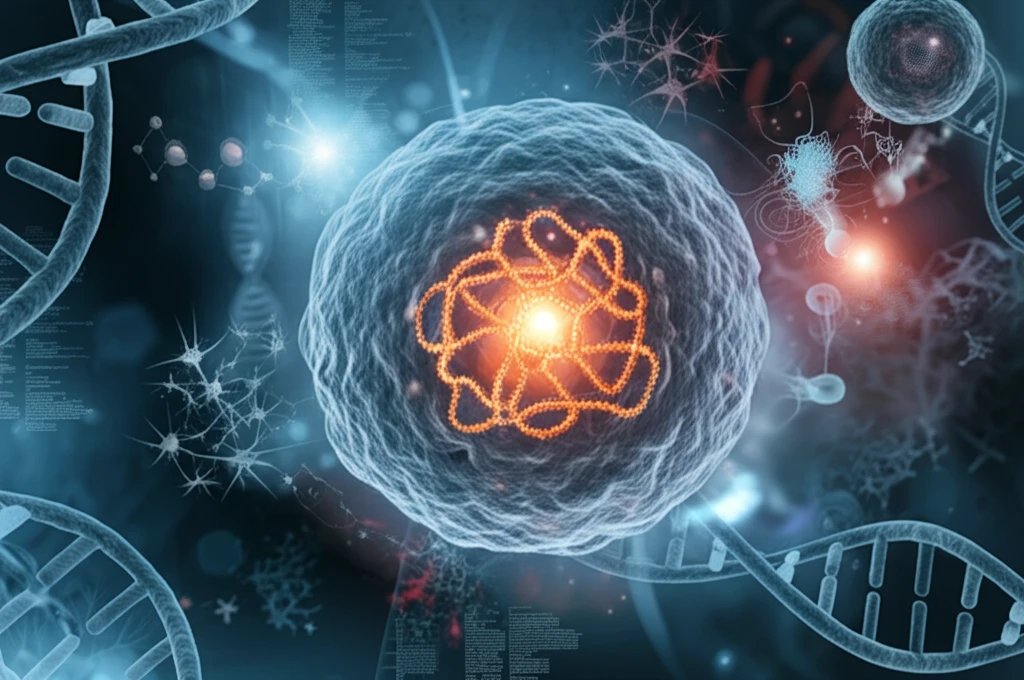
Unlocking the Secrets of Lasp1: How This Protein Impacts Cancer and Cell Function
"Delve into the groundbreaking research on Lasp1, a critical protein involved in cell structure and cancer progression, and discover its potential for future therapies."
In the ever-evolving landscape of cancer research, understanding the roles of specific proteins within cells is crucial. Today, we're diving deep into the world of Lasp1 (LIM, actin-binding, and SH3 protein), a protein that's been increasingly recognized for its involvement in cell structure, movement, and cancer progression. Initially identified in the late 20th century, research has steadily illuminated the complex functions of Lasp1, making it a key target for potential therapeutic interventions.
Lasp1 is a fascinating protein because it acts like a versatile tool within the cell. It contains multiple functional domains that allow it to interact with various cellular components. The presence of a LIM domain, actin-binding domains, and an SH3 domain equips Lasp1 to play diverse roles, from maintaining cell shape to facilitating cell movement. These functions are crucial for normal cell behavior, but when dysregulated, they can contribute to disease, particularly cancer.
This article aims to break down the complex science behind Lasp1, making it accessible and understandable for everyone, regardless of their scientific background. We’ll explore its identity, its functions, its implications in cancer, and the ongoing research that could unlock new treatments. Whether you're a student, a healthcare professional, or someone simply interested in the latest scientific discoveries, join us as we uncover the secrets of Lasp1.
Deciphering the Identity and Function of Lasp1

Lasp1, which stands for LIM, actin-binding, and SH3 protein 1, is identified by several aliases, including MLN50. Encoded by the LASP1 gene located on chromosome 17 at position 17q12-21, Lasp1’s location is crucial for understanding its genetic context and potential interactions with neighboring genes. The gene's position near other significant genes like TRAF4 and c-erbB2 underscores its importance in cellular processes.
- LIM Domain: Located at the N-terminal, it facilitates protein-protein interactions.
- SH3 Domain: Found at the C-terminal, it binds to proline-rich sequences in other proteins.
- Actin-Binding Domains: These modules enable Lasp1 to interact with the actin cytoskeleton.
The Future of Lasp1 Research
Lasp1 stands as a critical protein with far-reaching implications in both normal cellular functions and disease. Its role in cancer progression makes it a compelling target for future research and therapeutic development. As scientists continue to unravel the complexities of Lasp1, the potential for innovative treatments and diagnostic tools grows, promising new avenues for combating cancer and improving patient outcomes.
